Health & Medicine
-
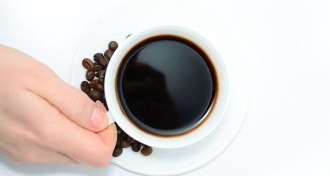 Health & Medicine
Health & MedicineStudy brews up more evidence for coffee’s health benefits
Drinking up to five cups of coffee a day reduced the risk of dying early from heart and brain diseases and suicide.
-
 Health & Medicine
Health & MedicineStudy brews up more evidence for coffee’s health benefits
Drinking up to five cups of coffee a day reduced the risk of dying early from heart and brain diseases and suicide.
-
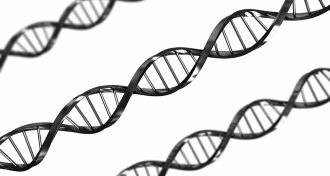 Genetics
GeneticsNew catalog of human genetic variation could improve diagnosis
Study of human protein-coding variation reveals which genes are more likely to be involved in genetic diseases.
-
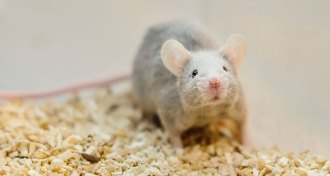 Health & Medicine
Health & MedicineChilly cages may skew disease studies in lab mice
Mice studies on diet and human disease might be marred by stress of cold temperatures in their cages.
-
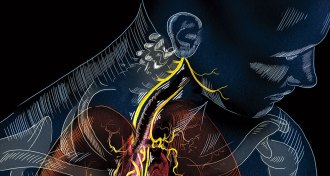 Neuroscience
NeuroscienceViva vagus: Wandering nerve could lead to range of therapies
Researchers are testing ways to stimulate the vagus nerve to treat a slew of ailments.
-
 Health & Medicine
Health & MedicinePutting the big chill on cryotherapy
Evidence is lacking for whole-body cryotherapy as a treatment for muscle soreness.
By Meghan Rosen -
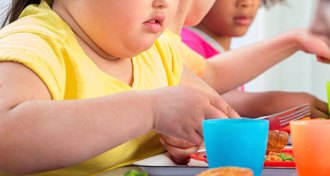 Health & Medicine
Health & MedicineSigns of cardiac disease start early in obese children
Worrisome changes to the heart that are associated with obesity can appear in childhood, a new MRI study shows.
By Laura Beil -
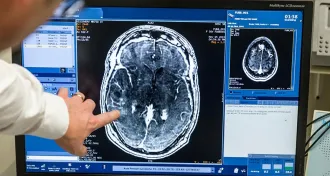 Health & Medicine
Health & MedicineBlood-brain barrier jiggled loose to deliver medicine
Using ultrasounds, doctors attempted to slip a chemotherapy drug into a woman’s brain through the blood-brain barrier.
-
 Health & Medicine
Health & MedicineBlood-brain barrier jiggled loose to deliver medicine
Using ultrasounds, doctors attempted to slip a chemotherapy drug into a woman’s brain through the blood-brain barrier.
-
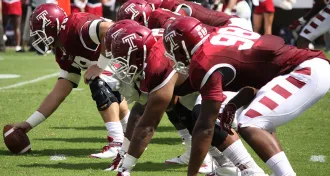 Health & Medicine
Health & MedicineCardiac risks rise for linemen during football season
Linemen on a football team face raised cardiac risk over the course of a season, a study of college players shows.
By Laura Beil -
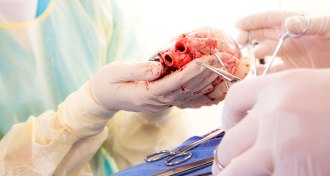 Health & Medicine
Health & MedicineOrgan waiting list policy benefits the wealthy, study charges
Wealthier patients can afford to get on more organ transplant lists, giving them an advantage, a new study says.
By Laura Beil -
 Health & Medicine
Health & MedicineSimple steps can offer health benefits
Studies find that even small changes in eating habits and movement can lower risk of heart disease.
By Laura Beil